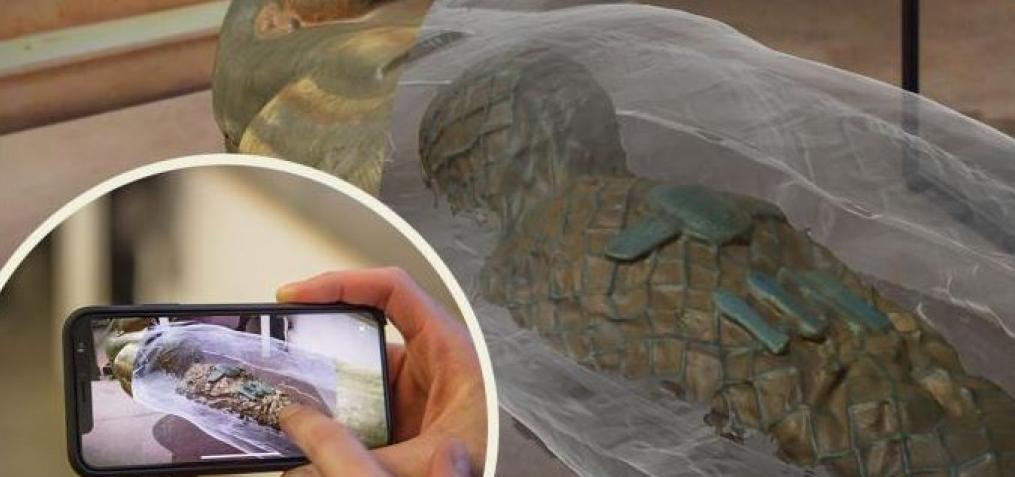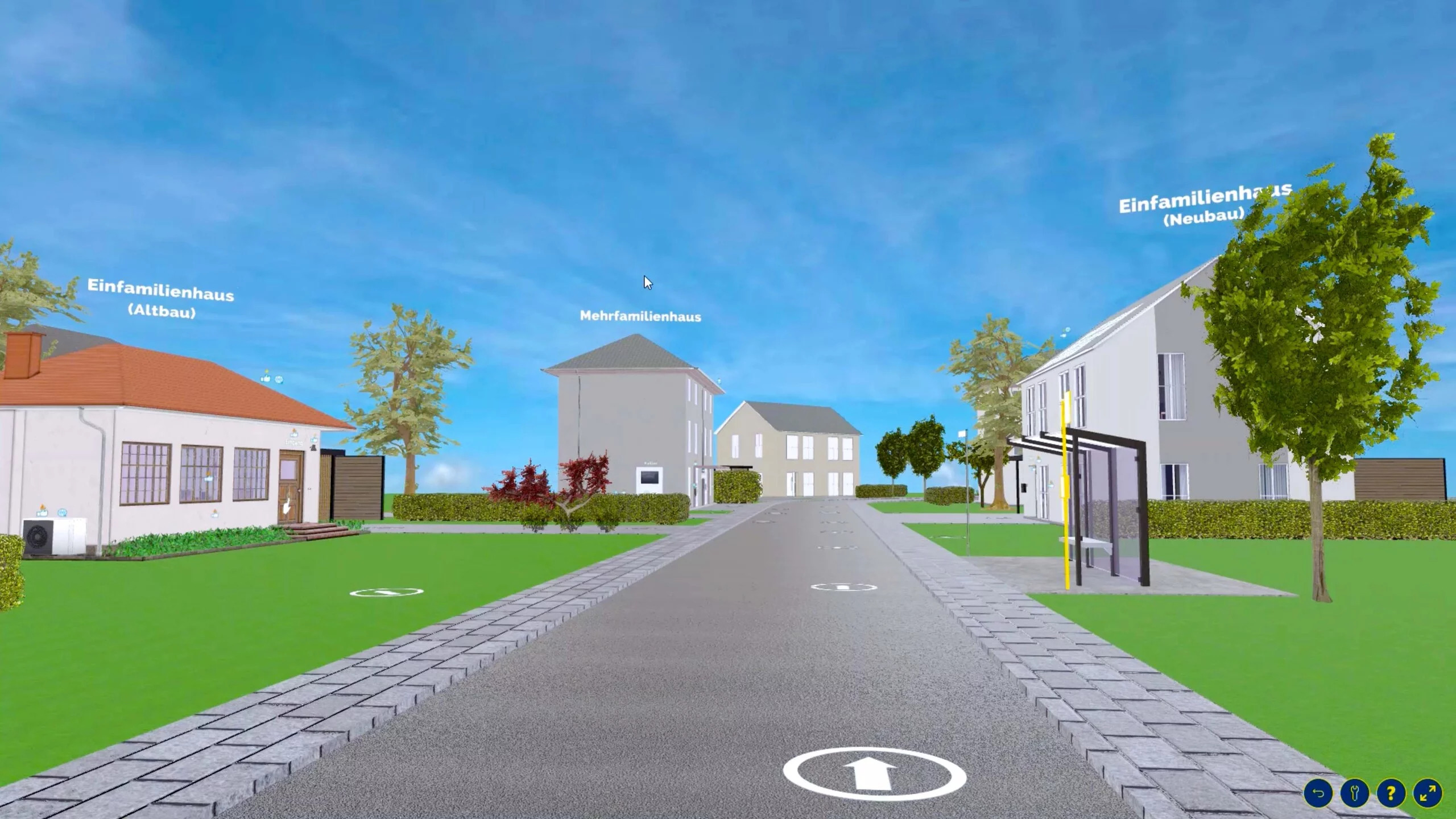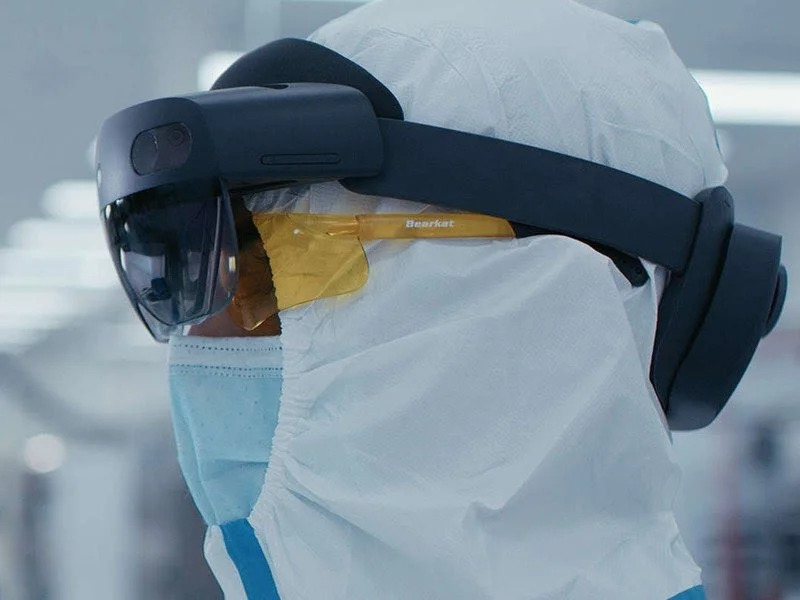Eight museums across five US cities – Charlotte, Detroit, Miami, Philadelphia and San Jose – have recently added digital and interactive tech staff to their rosters to bring more technology into exhibits and amplify the visitor’s experience through a $970,000 grant from the John S. and James L. Knight Foundation.
Chris Barr, Director of arts at the Knight Foundation says that these eight institutions have shown a commitment to harnessing the power of technology to engage audiences both in and outside museum doors. „Our hope is that the museums, which are based in cities where Knight invests, will continue this trend and improve audience engagement strategies by harnessing the power of technology,“ added Barr.
The Detroit Institute of Arts (DIA) a recipient of the grant, has added a digital experience designer and created Lumin, a mobile tour using 3D mapping and augmented reality (AR) on a Lenovo Phab 2 Pro Android smartphone as visitors move through the museum.
Lumin is the evolution of the museum audio headset. Instead of putting on an audio headset that recites information about the artwork as you approach, Lumin lets visitors see the unseen, imagine the art in its original environment and understand how objects were used during that time period. It encourages visitors to see the collection in a global context beyond its current physical location as they move through the museum.
DIA uses Google’s AR Core technology, an AR system introduced in 2017 after Google shut down Google Tango. AR Core is a platform that lets mobile developers create AR experiences on mobile devices. It gives the mobile device the ability to understand its position in space and then create virtual content as the user sees it the real world through a smartphone.
Lumin has AR overlays, videos, photographs, sounds and touch-activated animations that appear on the screen and provide additional contextual information on the art, object or sculpture such as how it was initially used or its original location, etc. In some stopping points along the mobile tour, Lumin has a gaming element which encourages interaction with the artworks such as searching for details in the art to solve puzzles our unlock sounds.
Andrea Montiel De Shuman, Digital Experience designer, Detroit Institue of Arts said the museum focuses on creating meaningful experiences for visitors.
„We recognize that new technologies constantly emerge, so it is important to carefully select the best tools for visitor engagement. Augmented Reality and 3D mapping allow us to go beyond our physical limitations and place the objects in context. What is key is to focus on quality content to ensure that our interactives are not just flashy, but meaningful,“ said Shuman.
Quelle:
https://vrroom.buzz/vr-news/immersive-arts/museum-uses-ar-let-you-see-inside-mummy




